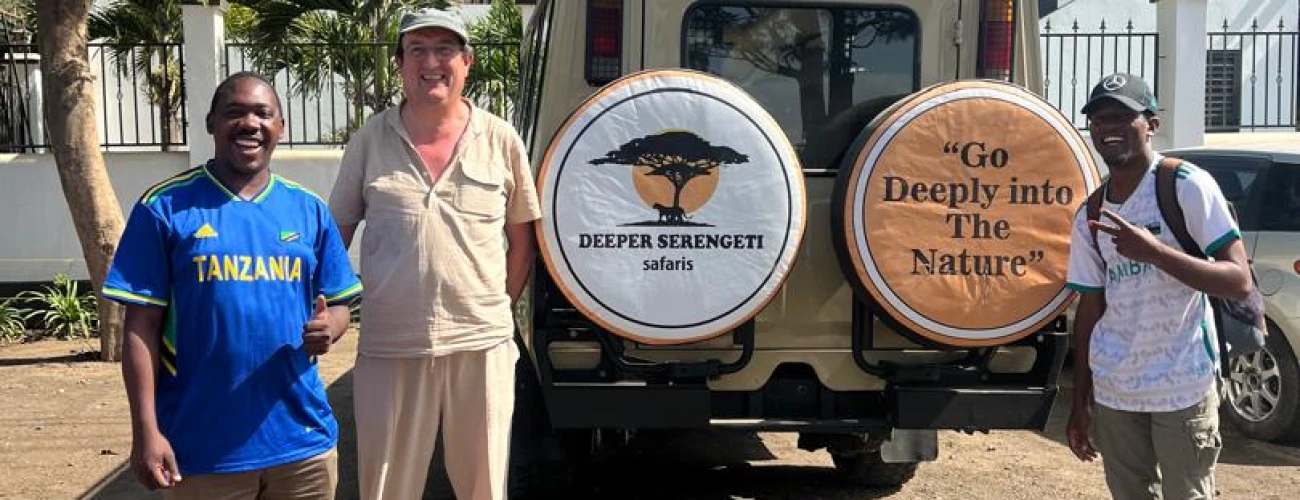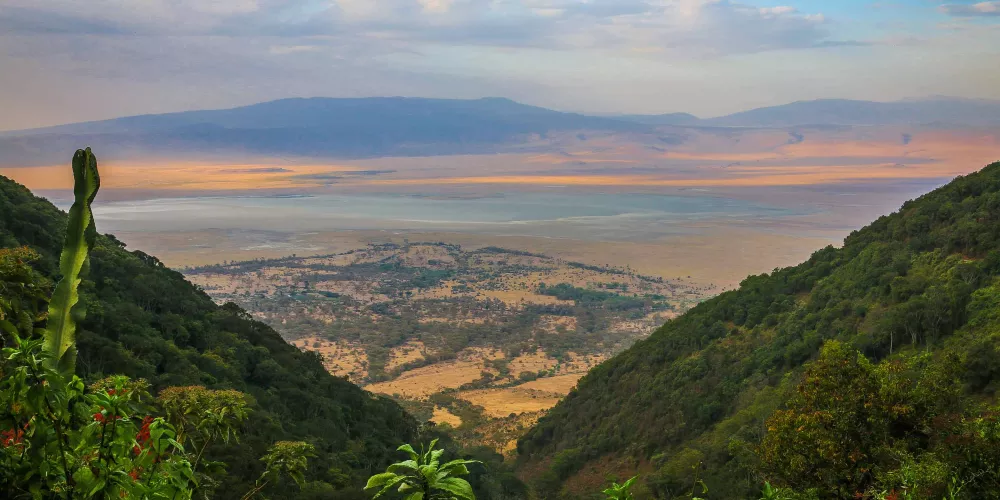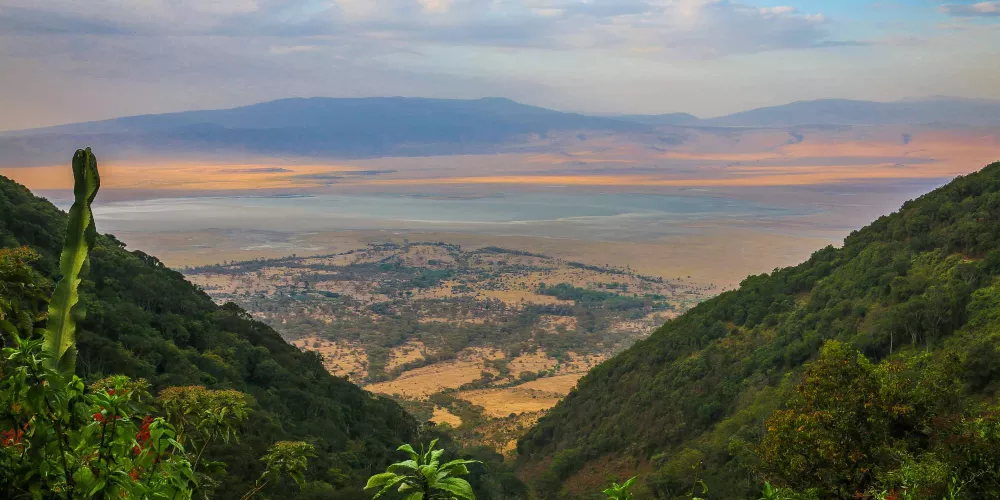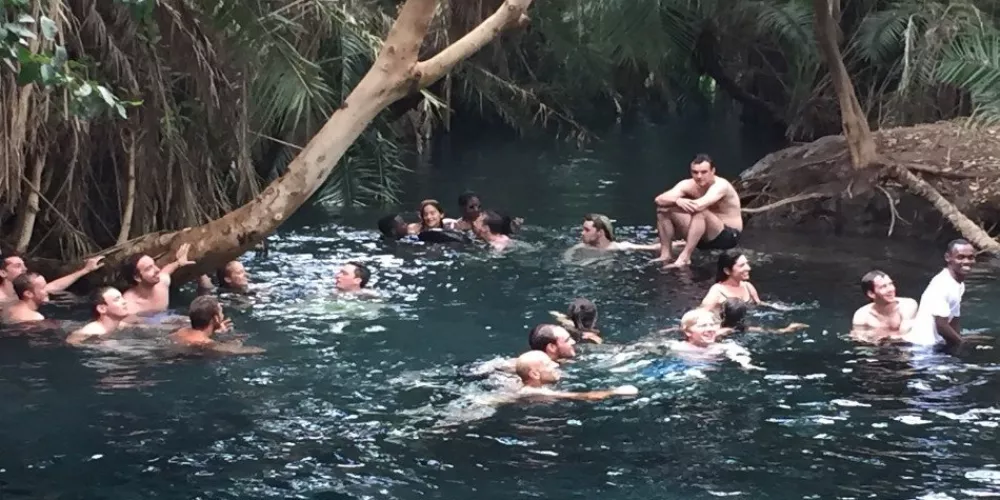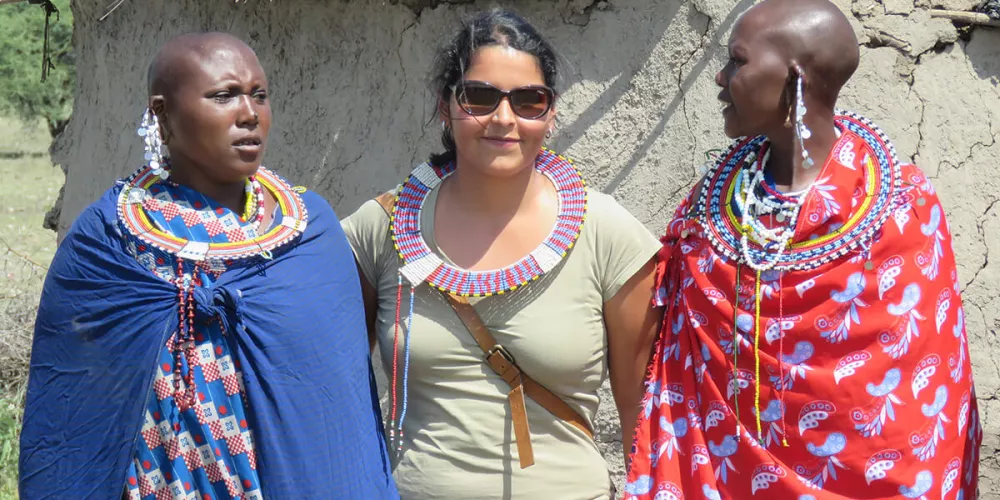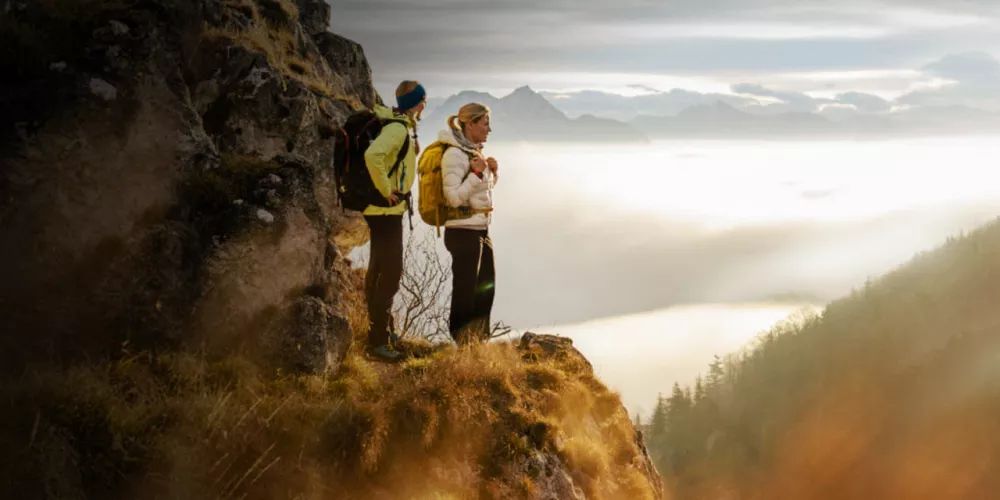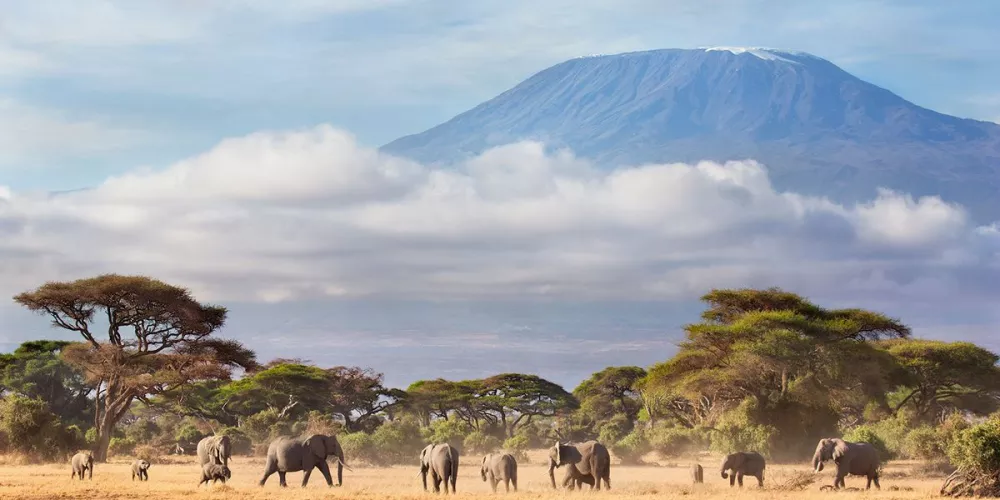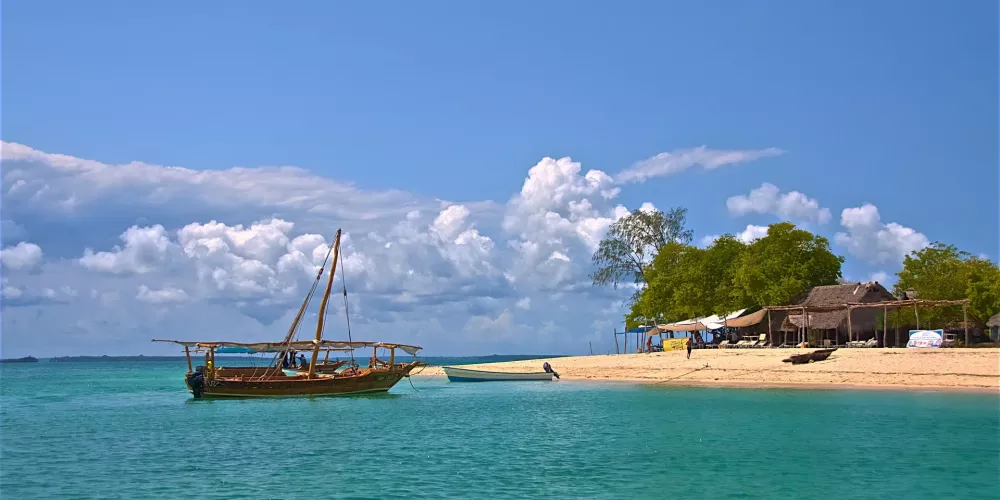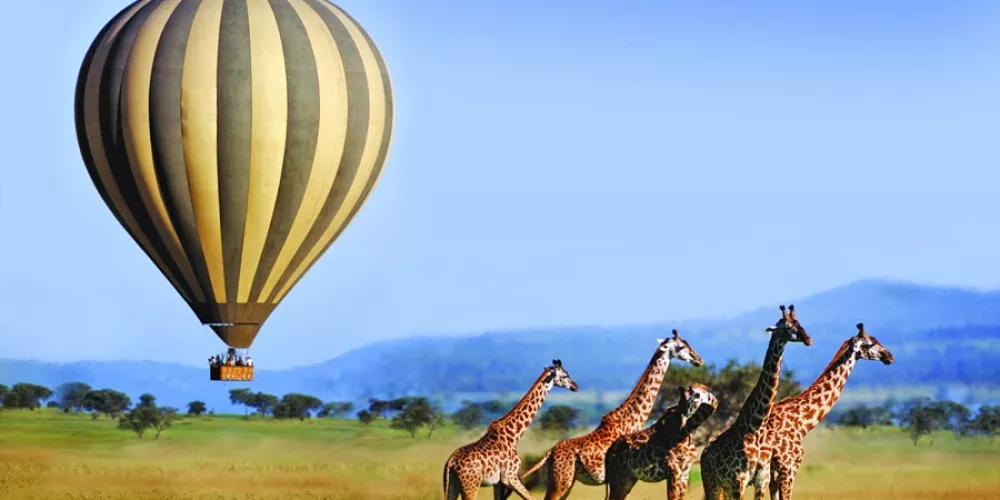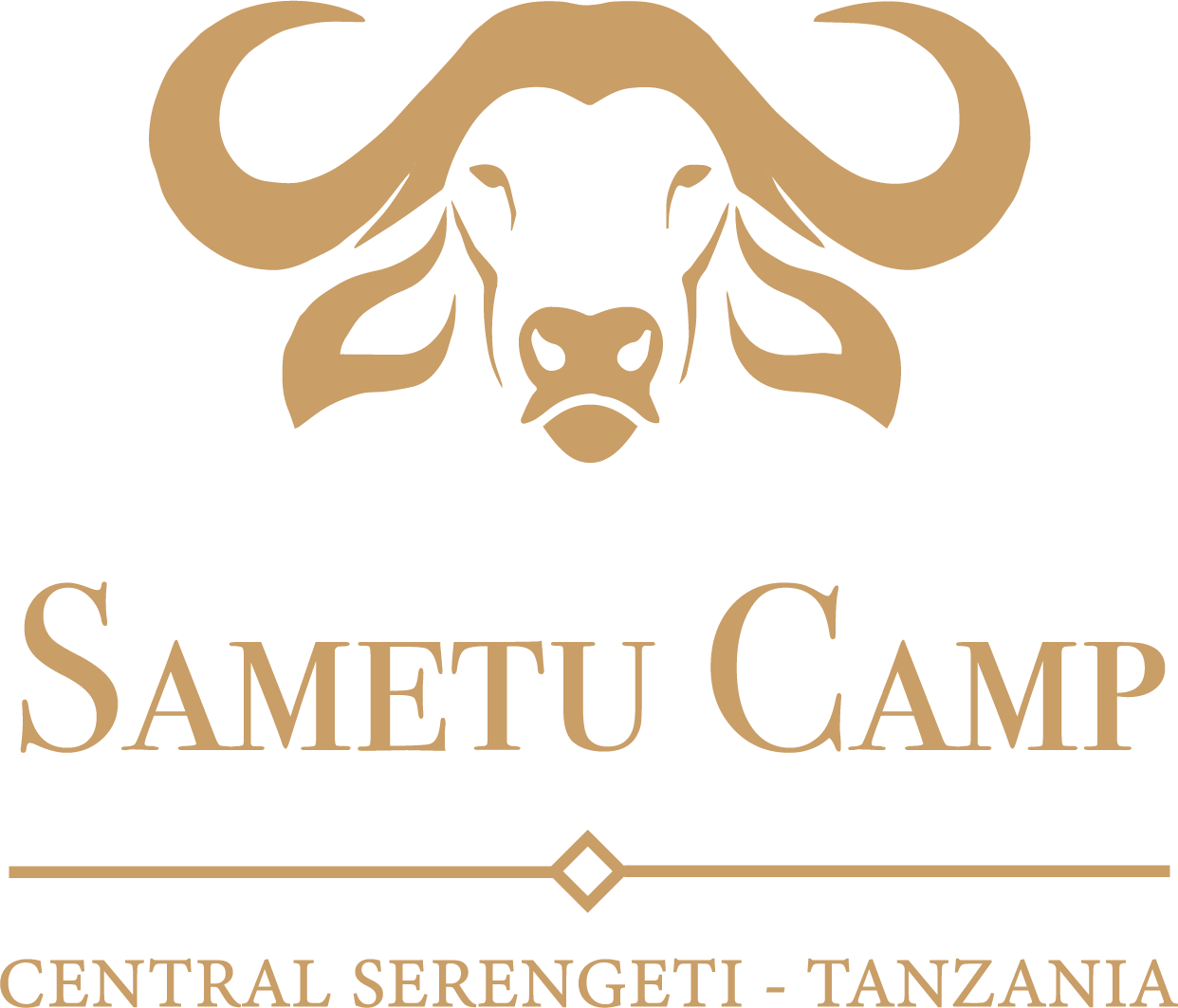
luck
Tour ExpertGreat Wildbeest Migration
Packages and prices of our recommended safaris with the option of customizing tours based on your preferences!
Great Wildebeest Migration Overview
The Great Wildebeest Migration is that natural wonder of the world that attracts thousands of travelers on Tanzania Safari Tours who visit the gorgeous national park of Serengeti.
It’s truly the greatest show in the world where up to two million animals – wildebeest proportionally as zebra and gazelles migrate to fertile lands in search of food and water that makes up for the great Safaris in Tanzania.
Why Go For The Great Wildebeest Migration In Serengeti?
The Scale at which the migration occurs in itself is incomprehensible:
The mammals relocating face numerous challenges such as assaults from predators like the huge crocodiles holding their way up at the Mara waterway crossing.
Your Tanzania Safari Cost includes the to and transport from the hotel to the national parks and a 4×4 Custom built – safari vehicle with a pop-up roof for game viewing.
What your Tanzania Safari Packages for the Great Wildebeest Migration offers are: Visiting the Seronara Region of Serengeti and meeting the Maasai tribe and having a close encounter with the Big Five. Following this, you will be visiting the Kogatende Region where you will witness the Wildebeest Migration and more.
The Annual Migration Overview: The Best Times To Visit The Serengeti Migration
While on your Tanzania Safari, we will tell you the best time for watching the Wildebeest Migration is:
July – October:
The Best Safari in Tanzania is experienced during the dry summer period when the wildebeest are in the northern Serengeti plains, and you get a chance of viewing thousands of mammals crossing the great Mara River. December –
March: Another important period that helps save your Tanzania Safari Prices is the period between December and March which is the calving season in the Ngorongoro Conservation Area. The main highlight of this period is the river crossings and a great time to see the herds congregate on the dramatic sweeping plains of the south. The only time of year when you are almost guaranteed to see the big herds all together is February as the mammals always come south for calving season. Off Seasons for Witnessing the Migration: The months when it’s difficult to spot the herds in Serengeti are - November, April, May, and June as the migration is “in-between” locations and as such these months are slightly transitional times to see the herds.
To know more in-depth information on the different times when one can go for the Great Wildebeest Migration, contact our travel experts at Jerry Tanzania Tours today!
Some Interesting Wildebeest Migration Facts:
The sole purpose why the wildebeest migrate around the Serengeti and into the Masai Mara is for following the rainfall. Making up for the Best Tanzania Safari Tours the wildebeests begin their cycle for calving season in the Southern Serengeti area of Ndutu from December – March. After the beginning of the Monsoon, the Great Wildebeest Migration begins as the herd heads northwest into the woodlands of the hilly country west of Seronera towards Lake Victoria. This period is marked as the annual rut as the herds consolidate in the woodlands, with half a million cows mated in less than a month and on the plains of the Serengeti’s Western Corridor. This is followed by the herd heading north following the rain into Kenya and the Maasai Mara Game Reserve.
This is exactly where the crossing phase takes place that you can witness on your Tanzania Safari Tours. The rivers that come along their path are the Mbalangeti and Grumeti, located in Serengeti along with Mara in Kenya. After crossing over the Mara River, the wildebeest reach the grasslands of the Maasai Mara, where they spend several months feeding and fattening once more and taking advantage of the scattered distribution of green pastures and isolated rainstorms. This is the time when they get attacked a lot by the predators like lions and by crocodiles during the crossing phase. The wildebeest start heading south again when the first of the short rains are falling on the Serengeti’s short-grass plains, by late October.
This is the beginning of the calving season and the closing of the cycle of the Great Wildebeest Migration.


